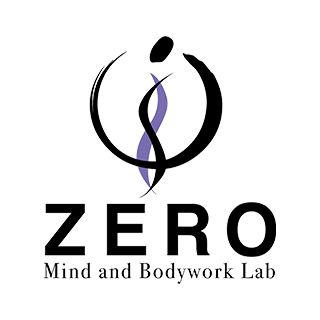Introduction
Hello, I’m Hidefumi Otsuka, offering Rolfing sessions in Shibuya, Tokyo.
Since last week (starting from April 8, 2025), I have been participating in the Advanced Training (AT) organized by the Japan Rolfing Association in Ichigaya, Tokyo, taught by Ray McCall and Hiroyoshi Tahata.

In this post, I would like to revisit the relationship between energy work and bodywork from the perspective of information exchange and summarize their connection and integrated understanding.
Definition of Energy
In physics, the word “energy” is defined as the capacity to perform work, based on a linear cause-and-effect relationship.
However, the energy dealt with in bodywork includes nonlinear and nonlocal phenomena, making it difficult to explain within existing scientific frameworks.
Jeff Maitland, who frequently appears in this blog, emphasizes that energetic work and subtle techniques should only be introduced in the final stages of training, once clear touch, presence, and grounded calmness have been fully acquired. He states:
“You don’t teach energetic work and subtle skills in the beginning, because that only confuses students.
Those kinds of approaches need to come at the end stages of training, after they have learned clear touch, presence, and how to be in a grounded, calm state.”
Because of this, even among Rolfing faculty members, there is a diversity of opinions, and energy is handled very cautiously — it is not taught during Basic Training (BT).
In fact, it is only in this Advanced Training (AT) that energy has been addressed openly and thoroughly for the first time.
Bodywork and Energy Work
According to Certified Advanced Rolfer Kevin Frank:
- Bodywork refers to the approach toward physical structures such as fascia and the skeletal system.
- Energy work refers to the approach toward an invisible field of information.
These two are not in opposition but are considered two ends of a continuum connected by the commonality of information transmission.
In short, both bodywork and energy work can be understood as forms of information exchange.
Energy and the Information Model
Viewing energy work as an exchange of information leads to the following perspectives:
1. Living Systems Are Self-Organizing
According to General Systems Theory, living systems are thought to reorganize themselves in response to informational stimuli from the environment.
Ray McCall describes this as:
“The body is a system capable of self-regulation.”
2. Energy Is a Field of Informational Structure
In Source Point Therapy, founded by Bob Schrei, it is proposed that a field of orderly information (blueprint) exists around the body, and that the body is constantly connected to it.
This treats the body as an “open system” continually exchanging information with its surroundings.
3. A Holistic View Beyond Dualism
General Systems Theory seeks meaning not in the separation between subject and object, mind and body, or inside and outside, but in the relationships between components themselves.
Kevin Frank expresses this view as:
“The distinction between bodywork and energy work is not essential. Everything is information.”
Comparison Between General Somatics and General Systems Theory
| Item | General Somatics | General Systems Theory |
|---|
| Main Focus | Subjective bodily experience, perception, sensation, and self-regulation learning | Structures and interrelationships of complex systems (living systems, ecosystems, societies, etc.) |
| Approach | First-person experiential perspective (felt sense) | Describes the rules of information exchange, interaction, and self-organization among components |
| Representative Thinkers | Thomas Hanna, Moshe Feldenkrais, etc. | Ludwig von Bertalanffy (founder), Gregory Bateson, etc. |
| View of the Body | The body as a field of subjective, felt experience | The body as a dynamic system that integrates information and self-regulates |
| Application Areas | Somatic education, movement re-education | Medicine, psychology, sociology, ecology, education, Rolfing, etc. |
Jeff Maitland’s Perspective on Energy
Jeff Maitland, influenced by Zen and phenomenology, emphasizes that perception itself changes depending on the state of consciousness.
For Jeff, energy work is not about trying to induce healing, but about holding a field where healing can naturally occur.
He states that the practitioner’s role is:
“Not to cause healing, but to hold the space where healing can happen.”
Through this, “what is” naturally emerges.
Conclusion
By understanding energy work and bodywork through the lens of information exchange,
I believe it becomes possible to deepen our grasp of their relationship and integration.
This perspective seems to be a crucial key for drawing out the client’s self-regulatory capacity and promoting deeper transformation, which is why I have chosen to write about it in this blog post.
I hope this post will be helpful to you, even in some small way.

